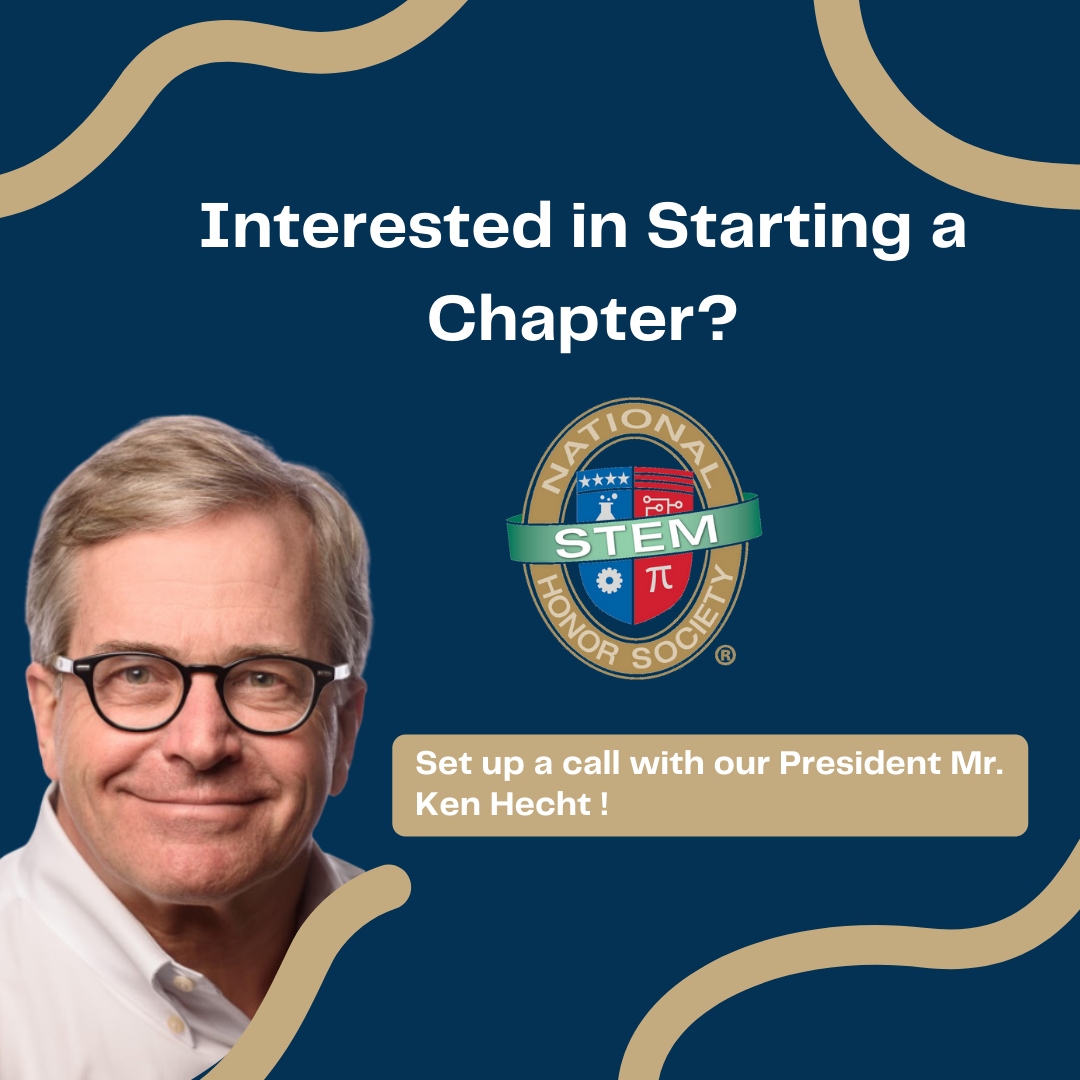
There are many reasons to enjoy the summer season. It’s warm, school is out, and there’s lots to do! However, one thing that always seems to be overlooked is how colorful the world is. Vibrant green trees, rich blue oceans, and flowers of every hue and shade strive to outcompete each other wherever one goes. Summer is the season of life!
It can be hard to notice the world’s luminescence when the black letters on the white pages of news articles make life feel so gray. Kids take notice of this mood whether we see it directly or not. So, let’s work to put more color in their lives, eh?
1. What Colors Absorb Heat the Most?
Link to Activity: https://www.teachengineering.org/activities/view/colors_absorb_heat_better
To start it simple, here’s the Ice Cube Color experiment. At a surface-level glance, there isn’t much to this project: simply get your student to create a three-sided box for however many colors you’d like to test, place an ice cube inside said box, and have them check up on them, record the stage of each capsule until all of them have melted, at which point you ask them which colors seem to have sped up the process.
While this is a relatively straightforward assignment, a learner can glean a surprising amount of knowledge from this innocuous task, as shown on the TeachEngineering website. In an astonishingly impressive way, they stretch out an easily understandable concept to an almost ludicrous degree (just like a blog writer). They also pack it with insightful observations and expertise that benefit the reader greatly (unlike a blog writer). There’s even a Vocabulary and Definition section for the child to retain terminology that can be used in future science courses. A+, TeachEngineering. A+.
2. Rainbow in a Jar
Link to Activity: https://www.ontariosciencecentre.ca/science-at-home/diy-science-fun/make-a-rainbow-in-a-jar
Second on the list comes the Rainbow in a Jar experiment. This one’s a pretty cool demonstration of the different densities that various liquids can hold and makes for a pretty cool tabletop display on top of it all. The Ontario Science Centre website that we found this on instructs the student to use materials like dish detergent, vegetable oil, and rubbing alcohol dyed with different colors to present a multi-hued concoction contained within the average pizza-sauce Mason jar. However, other websites stated that merely utilizing water and varying levels of sugar was enough to craft the outcome of this project. Either way, Rainbow in a Jar demonstrates the beauty that can arise from a simple know-how of STEM logic.
3. Eggshell Geode Crystals
Link to Activity: https://sciencebob.com/eggshell-geode-crystals/
Finally, let’s end with an experiment that’s both cool-looking AND interactable! The Eggshell Geode Crystal experiment is a perfect example for showing where actual geodes come from. It also rewards students undertaking this project with a cool-looking specimen for their educational endeavors. Something to note about this one is that it will require some patience, as several days are needed to allow the crystals to form on the shells of the eggs. However, what will emerge will surely captivate any eager eyes, as the mesmerizing rocks look shockingly similar to their natural counterparts!
All they would need to do is crack open the egg (while keeping a sizable section unblemished for the crystals to form on the surface), clean the shell, boil and mix the solution, add whatever food coloring they want to individual portions, pour it into the shell, and place it in a safe spot to allow the water to evaporate. After that, voila! Your very own geodes.
By Noah Moster
These blogs are very often about educational pursuits and how to allow your children and students to explore the limits of STEM and encourage them to break past them in the future. Still, it can be easy to forget: learning is nothing without passion, and passion is nothing without love. The purpose of these experiments isn’t just to demonstrate the purely logical elements of science but also to provide a great activity by which student and the teacher can both share a moment of pride in their object of creation, and it’s these memories that will help the student in moments of highest joy, and lowest sorrow.
Isaac Newton was famously quoted as saying, “If I have seen further, it is by standing on the shoulders of giants.” While the common interpretation of this was to symbolize the role models of the figures of history before him that enabled his forays into innovation, it can also be construed differently: a scientist is nothing without support, nor an engineer anything without encouragement. Help your student grow and flourish, and you’ll be rewarded in a way that dulls the vivacity of geodes or rainbow jars: your very own Isaac Newton and another vital color influencing the kaleidoscope of humanity.
Do you want more resources on the topic of At-Home Summer Projects? NSTEM’s vast resources database provides thousands of searchable STEM resources by category, school level, and state. This comprehensive library includes info on enrichment activities, curricula, internships, scholarships, and more. Check out a free sampling here. Or get an NSTEM membership today to unlock the complete list.
Project-based learning enrichment provides high school students with college and career readiness. It gives them real-world relevance, transforming students into collaborators and imaginative problem solvers. They will gain the upper hand in a global landscape, stemming from enhanced confidence and grit. NSTEM provides these young STEM enthusiasts with a close community of like-minded fellow students and educators. To start your K-2 Chapter of the National STEM Honor Society, click here.
